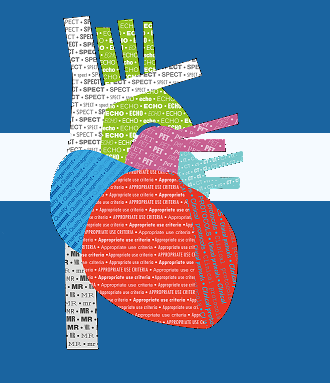Speaker
Ms
Elizabeth Huanca Sardinas de Rojas
(Universidad San Francisco Xavier de Chuquisaca)
Description
Background: The left ventricle ejection fraction (LVEF) is the percentage value of blood ejected by the left ventricle with each beat, considering normal values of 55% +/- 5%. This value is equivalent to the systolic function of the left ventricle (LV) determining evolution, prognosis and treatment of patients, especially ischemic myocardial involvement. The aim of this study was to compare LVEF, obtained by processing the following protocols: Gated SPECT Perfusion and QGS. The first allows areas of interest in end diastole and systole manually, while the second performs these areas automatically.
Methodology: A retrospective study was conducted between 2010 and 2015, reaching a total of 103 perfusion studies of myocardial. By random sampling, 50 studies for 18 women between the ages of 36 and 83 years old and 32 men between 30 and 82 years old were considered. Protocols of one or two days were applied, with MIBI-Tc99m as radiopharmaceutical. For clinical indications, some studies were made completed at rest. The myocardial perfusion acquisition process effort was 30 to 45 minutes after administration of the radiopharmaceutical. The study of myocardial perfusion at rest was 3 to 4 hours after the first study. As for the acquisition parameters, 64 images were taken with 64 * 64 matrix, starting angle 45 degrees, 180 degrees rotation, methodically forward / backward by thirds, automatic centering 10 beats. In the higher dose injected study, the image acquisition time was 20 seconds, while in the lower dose, it was 25 seconds per image; taxed 8 images between R-R wave, carried out simultaneously during SPECT acquisition.
Results: The results showed in women an average of 54.11% LVEF protocol processing Perfusion Gated SPECT and in men 54.48%. Protocol QGS LVEF was 71.64% for women and 60.14% in males. Standard Deviation of LVEF in women reflects a value of 12.39 and to 9.19 in males. However no statistical relevances sensitivity (p <0.10).
Conclusion: It concluded that the data obtained are significant so the operator should be made aware of conduct prosecutions considering that the data provided are vital for early treatment.
| Country/Organization invited to participate | Universidad San Francisco Xavier de Chuquisaca - Instituto de Medicina Nuclear |
|---|
Author
Ms
Elizabeth Huanca Sardinas de Rojas
(Universidad San Francisco Xavier de Chuquisaca)
Co-authors
Mr
Alfredo Javier Zambrana Zelada
(Universidad San Francisco Xavier de Chuquisaca)
Mr
Marcelo Gunnar Torrez Cabero
(Universidad San Francisco Xavier de Chuquisaca)
Ms
María Rita Vásquez Ibañez
(Universidad San Francisco Xavier de Chuquisaca)
Mr
Orlando Castro Sacci
(Universidad San Francisco Xavier de Chuquisaca)
Mr
Raúl Araujo Rios
(Universidad San Francisco Xavier de Chuquisaca)

